We are now in the renaissance of Superhero entertainment. Every blockbuster is a Superhero, on television, there’s plenty of choice of Superheroes from adult entertainment to kids animation. Many other toys and games as well, they are deeply embedded in our culture at this point. When the first Incredibles movie came out, it wasn’t amongst such heavy competition, when a Superhero movie came out in 2004 it had about one other Superhero movie to compete with as well as probably not another one coming out the year before or after that. Now, how does it distinguish itself from so many other movies of the same genre?
The movie picks up just about where the last one left, with some crazy supervillain, armed with a giant drill wreaking havoc on the city. The Incredibles launch into action, during the pursuit Superheros, are still illegal and the villain gets away, this doesn’t help their case. Fortunately, an enthusiastic fan of Superheroes is eager to bring them into the spotlight. He is Winston Deavor (Bob Odenkirk) the head of a flashy technology company, he’s the face while his sister Evelyn (Catherine Keener) is the idea genius that relaxes behind the scenes.
When it comes to action sequences we need the same thing that’s required in a narrative arc. We need one character with a want and then a but so therefore and then a but again and so on and so forth until it is somehow resolved. Take for example our opening action scene where Mr. and Mrs. Incredible is chasing The Underminer. He has a huge drill and is sinking buildings and robbing a bank. They need to get inside so Mrs. Incredible turns into a trampoline for Mr. Incredible, but it goes underground making is difficult for him to hang on, he gets inside but then gets sucked into the large hose he’s using to suck up all the riches, therefore he must punch his way out of the vault and so on and so forth. Along with this, it must be shot clearly, usually with wide angle shots so we see all of the characters and get a sense of their surroundings, with a few extreme wide angle shots and close-ups so we gauge the bigger scenario and see the characters reaction so we emotionally connect with them. Being that this is animation the camera is allowed to smoothly move along with the characters in long, unbroken shots that would be nearly impossible in live action. Along with all of this, we have people with superpowers so its a case of utilizing their abilities for their situation or against eachother. Director Brad Bird and his team are simultaneously enthusiastic kids playing with their toys and sophisticated storytellers, efficiently utilizing and visualing the different elements at play.
The Parr family is still just the same as they were, only with a new situation to deal with. Mr. Incredible/Bob Parr (Craig T. Nelson) is eager to get back into crime-fighting but is detoured so now must deal with the struggle of raising his family, Mrs. Incredible/Helen Parr (Holly Hunter) is ever concerned for the family but also has a passion for crimefighting and makes the decision to commit to that and trust Bob. Violet (Sarah Vowell), the adolescent with the power to turn invisible and create forcefields, she the constantly questioning her parent’s decisions as well as going through her own personal troubles, she is also my favorite. Dash (Huck Milner, replacing Spencer Fox from the first movie) is the young energetic kid that acts on impulse, add superspeed to the mix and it’s a perfect analogy. Finally, there’s little baby Jack-Jack (Eli Fucile) who in fact has multiple powers, from laser eyes, to teleport, to turning into a literal little devil.
Causing trouble this time is an entity that calls themselves the Screensaver. A plotter that wears a gas mask like mask and takes control over people through the screen using a hypnotic strobe effect. They believe the people have become lazy in this age of television and convenience, so they plan to flat out enslave them anyway. Like with Syndrome in the last movie it seems if you choose to don black and white for your costume, you are the villain.
Later in the movie, more Superheroes are introduced. The Incredibles costumes are mostly red with a sleek, minimal design to them to other heroes all have a unique silhouette and color scheme to their costume so they become instantly recognizable even if you squint your eyes. This is a sign of the clear visual storytelling that animation can allow. But it is peppered nicely with a few scenes that have a majority of the shot in black, adding a threatening nature to the mood and only allowing the bare essential information to be absorbed.
The heart of the first movie is still the heart in this one, family. The Superhero genre is about taking a common emotional problem and greatly escalating it through powers and extravagant situations. The Parr family is a like any other, they drive each other crazy, support one another and when an obstacle come they do what they can to hurdle it, like any family drama, they just have the added spice of powers and villains.
In this time of many other superheroes, the original Incredibles still stands as a slick, punchy action adventure movie with a lot of heart and maturity. But through its unique visual style and interpretation of the Superhero genre is unique among its peers, the sequel is exactly the same.
 (4 / 5)
(4 / 5)
The opening short revolves around food and the emotional connection we develop with it. It is allegorical and has beautiful texturing with the many different types of food is puts before us. You will most likely be hungry while watching it. Though I do believe the ending will have children more confused and asking questions that immediately understand.
 (3 / 5)
(3 / 5)
Jonathan Evans

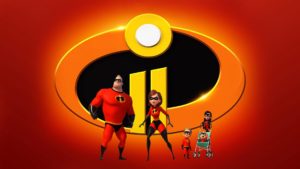

 (4.5 / 5)
(4.5 / 5)

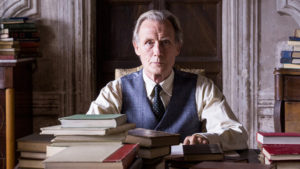

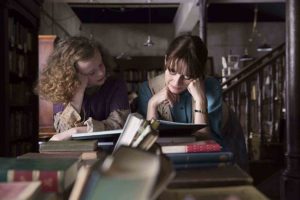


 (2 / 5)
(2 / 5)
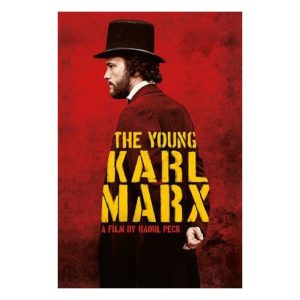
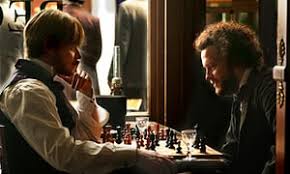
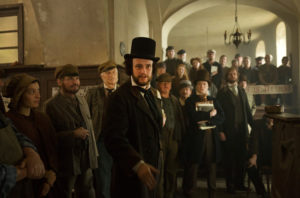
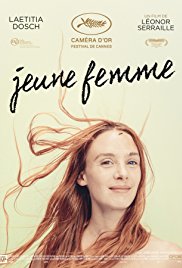




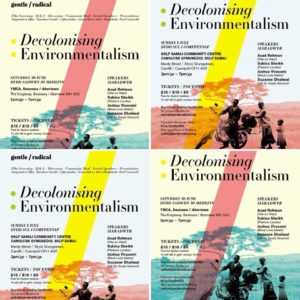
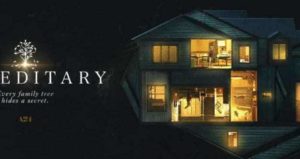
 (1 / 5)
(1 / 5)

 (5 / 5)
(5 / 5)